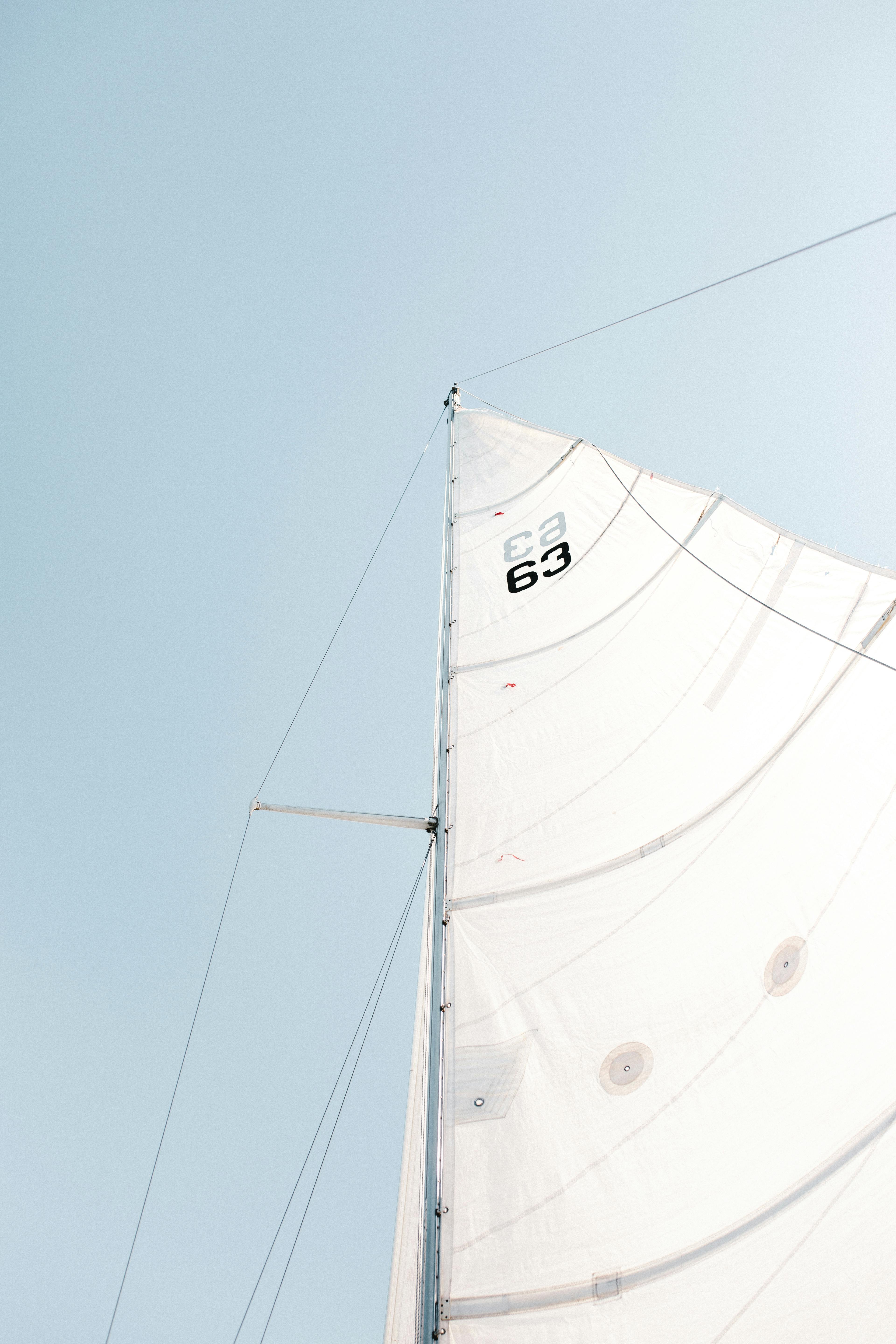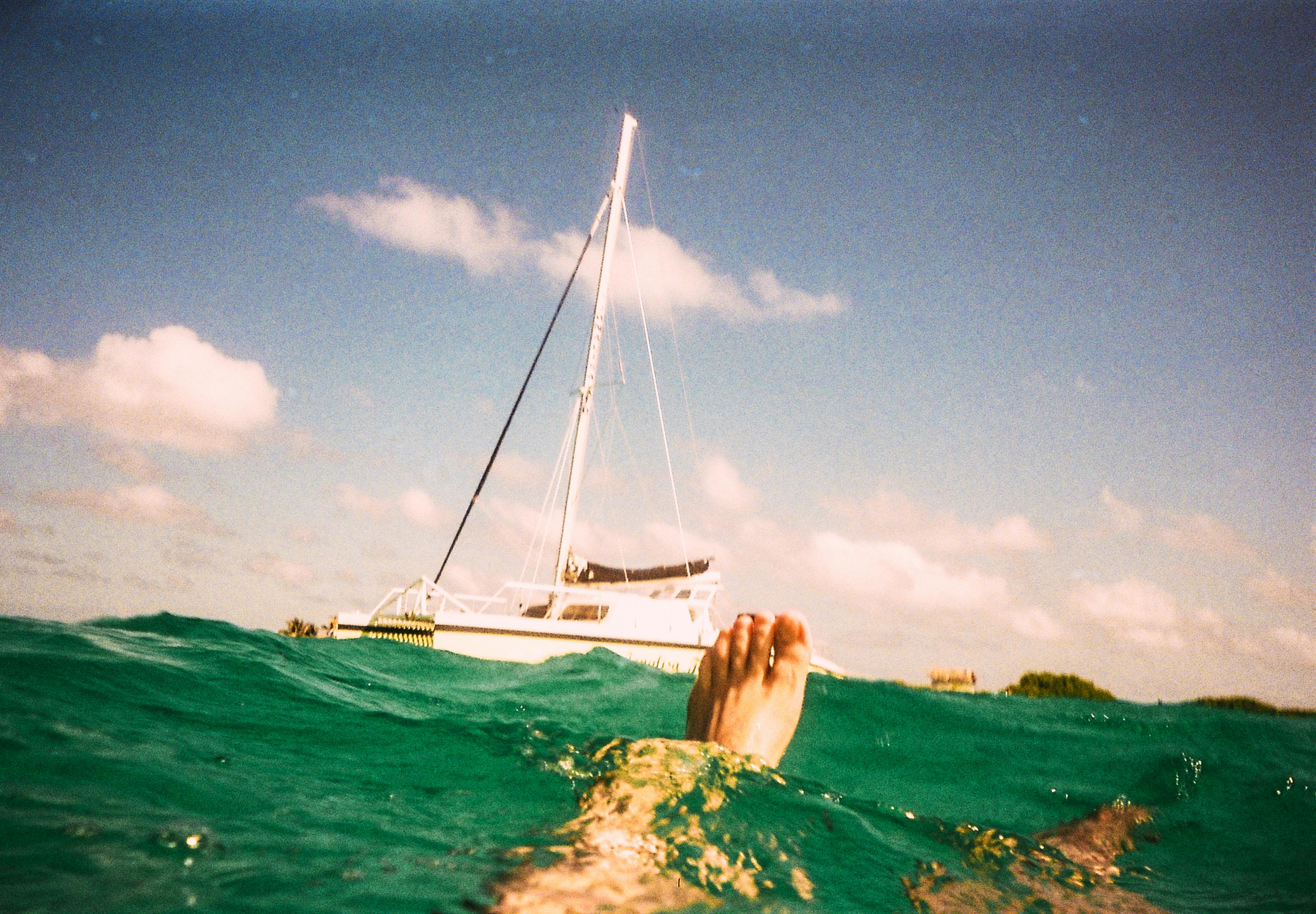Smart Guide to Drift Boat Financing Options
Dreaming of owning a drift boat but not sure how to afford it? You’re not alone. As recreational boating grows in popularity, more people are turning to financing to make their water adventures possible. In this comprehensive guide, we’ll break down everything you need to know about drift boat financing, so you can hit the water faster and smarter.

Understanding the Fundamentals
Before diving into the financial side, it’s important to understand what a drift boat is and why financing one is different from buying a car or truck. Drift boats are specially designed for river navigation, especially popular among anglers and whitewater enthusiasts.
Due to their specialized use and construction, drift boats often carry a premium price. Financing allows enthusiasts to spread out that cost, making ownership more accessible. Think of it as investing in a recreational asset that delivers experiences over time.
1.1 What Is Drift Boat Financing?
Drift boat financing refers to loans or credit lines specifically used to purchase a drift boat. These loans can come from banks, credit unions, or specialized marine lenders. Terms usually range from 2 to 15 years, with fixed or variable interest rates.
Unlike general-purpose loans, boat financing often includes provisions for marine use, insurance, and registration. This ensures the investment is protected. A common misconception is that only luxury boats can be financed—drift boat financing proves otherwise.
1.2 How It Differs from Auto Loans
While both auto and boat loans are secured loans, boat loans generally require larger down payments and may carry higher interest rates. Lenders assess different risk factors due to depreciation and seasonal use.
Another distinction is documentation. Boats require titles, Coast Guard numbers, and sometimes inspections—adding layers to the financing process. This unique nature is why specialized drift boat financing services exist.
Practical Implementation Guide
Understanding theory is great, but how do you actually finance a drift boat? This section will take you through the actionable steps to go from dream to ownership, without financial missteps.

2.1 Actionable Steps
- Determine Your Budget: Include not just the boat price, but also gear, maintenance, insurance, and storage fees.
- Check Your Credit: A credit score of 650+ is usually preferred for boat loans. Review your report and correct any errors.
- Choose a Lender: Compare terms from banks, credit unions, and marine lenders. Look for those offering specific drift boat financing.
- Apply and Get Pre-Approved: Submit your documents including ID, income proof, and bank statements. Pre-approval helps with negotiation.
- Finalize the Loan and Purchase: Review terms, sign the agreement, and take delivery of your drift boat.
2.2 Overcoming Challenges
Several obstacles can arise during the financing process. Here are common issues and ways to navigate them:
- Low Credit Score: Work with credit unions or co-signers to improve chances.
- Insufficient Down Payment: Save in advance or look for lenders offering low-down-payment options.
- High Interest Rates: Shop around and negotiate—especially if you have strong financials.
- Delayed Paperwork: Ensure your documentation is complete and accurate to avoid processing delays.
- Lack of Insurance: Some lenders require full coverage before finalizing the loan.
By preparing thoroughly and understanding lender expectations, you can prevent these hurdles from derailing your financing journey.
Advanced Applications
Once you’ve mastered the basics of drift boat financing, you can explore more advanced strategies. These can help you save money, expand your fleet, or even use your boat as part of a business.

3.1 Using Equity and Refinancing
If your drift boat appreciates in value or you’ve paid off a large portion of the loan, consider refinancing. This can help lower your interest rate or reduce monthly payments. Some boat owners even use equity to finance additional purchases.
For example, a fishing guide might refinance their drift boat and use the proceeds to invest in a second boat or upgrade gear. Metrics like loan-to-value (LTV) ratio and debt-to-income (DTI) help determine refinancing eligibility.
3.2 Commercial Use and Tax Considerations
If you use your drift boat for a charter or guiding business, financing becomes part of your business expenses. This opens up possibilities for tax deductions, depreciation schedules, and business credit.
However, commercial use must be disclosed to your lender and insurance provider. Not all financing agreements permit business operations, so consult with financial advisors before proceeding.
Future Outlook
The drift boat industry is evolving with technology, new materials, and eco-conscious practices. Financing is also adapting to meet demand, with more online options and flexible terms becoming available.
In the next 3-5 years, expect to see:
- More peer-to-peer lending platforms
- Increased use of AI for loan approval
- Eco-friendly boat incentives
- Bundled insurance and maintenance plans
To stay ahead, buyers should monitor fintech developments and regularly reassess their financing strategies.
Conclusion
Here are the three key takeaways:
- Drift boat financing makes high-quality watercraft more accessible.
- Preparation and research are crucial to securing favorable loan terms.
- Advanced financing tactics can offer long-term savings and business opportunities.
Whether you’re buying your first drift boat or upgrading to a better model, financing opens doors to adventure. Take action now—evaluate your finances, explore lenders, and start your drift boat journey today.
Frequently Asked Questions
- Q: Can I finance a used drift boat? Yes, many lenders offer loans for used boats. However, rates may vary based on the boat’s age and condition.
- Q: How do I get started with drift boat financing? Begin by checking your credit, setting a realistic budget, and comparing lenders who specialize in marine loans.
- Q: How long does it take to finance a drift boat? The process can take from a few days to a few weeks, depending on your preparedness and the lender’s requirements.
- Q: What does a drift boat typically cost? Prices range from $4,000 to $20,000+, depending on size, materials, and customization. Financing terms will reflect the total cost.
- Q: Is drift boat financing better than paying in cash? Financing offers flexibility and preserves your savings, but you’ll pay interest over time. Evaluate based on your financial situation.
- Q: Is it hard to qualify for a drift boat loan? If you have decent credit and a stable income, qualification is straightforward. Specialized lenders can help with lower credit scores.
- Q: Can I use drift boat financing for a guiding business? Yes, but ensure your loan terms permit commercial use. Tax deductions may also apply for business operations.
